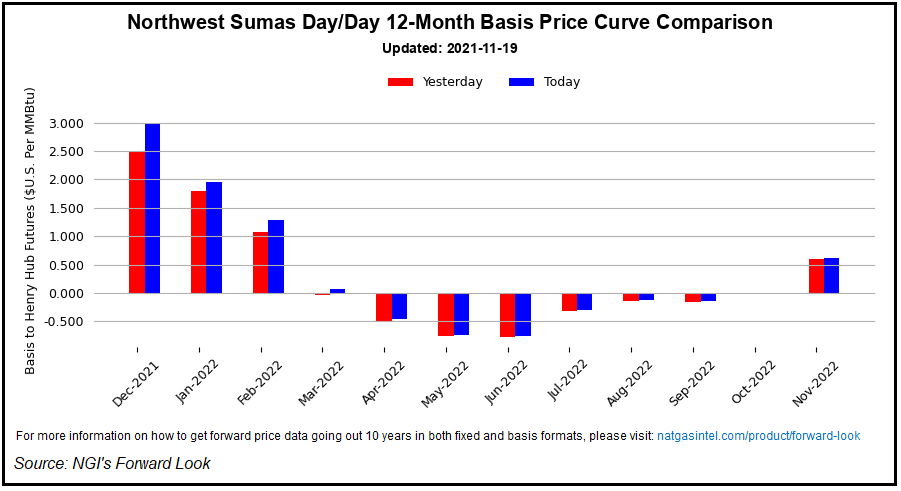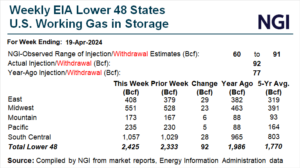Natural Gas Prices | LNG | LNG Insight | Markets | NGI All News Access
Natural Gas Forwards Discounts Deepen, but Westcoast Reductions Spur Rally in Pacific Northwest
© 2024 Natural Gas Intelligence. All rights reserved.
ISSN © 1532-1231 | ISSN © 2577-9877 |



